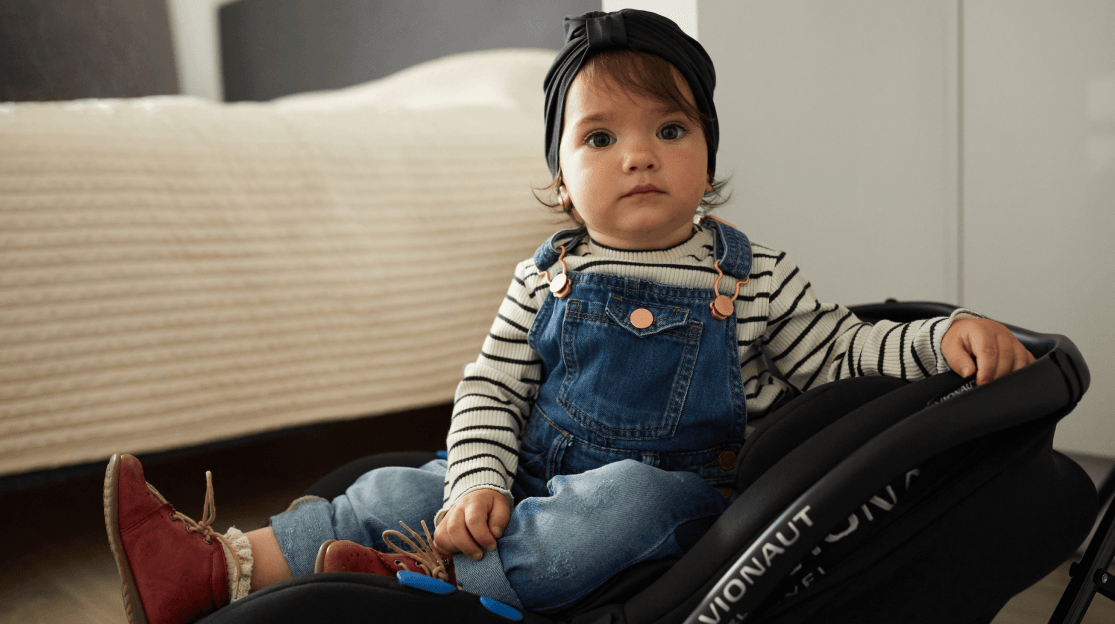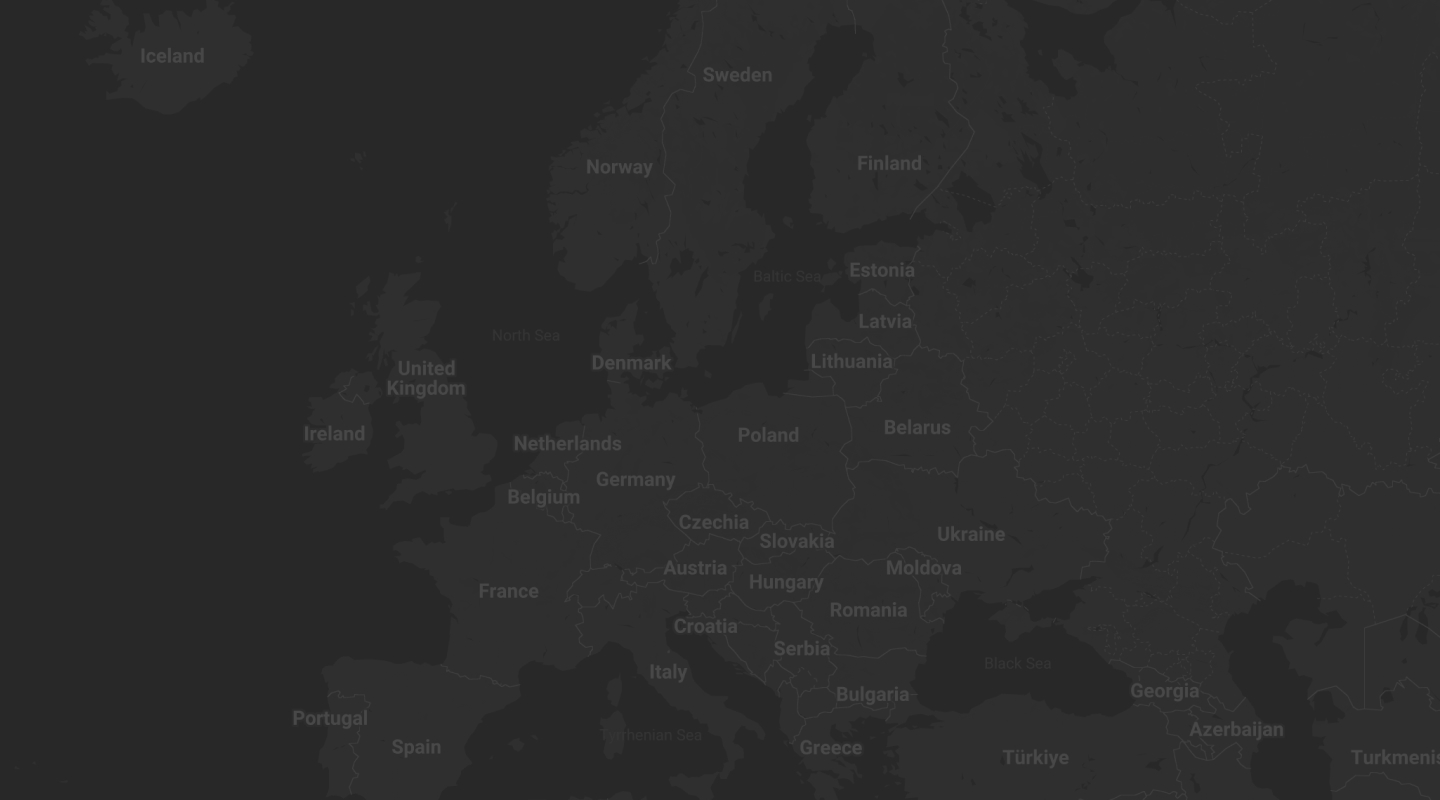
When to change from a “carrier” to a car seat?
A “baby carrier” is a frequently used term by parents for a car seat for newborns and babies in the 0-13 kg (45-86 cm) group. Children grow out of it around the age of one, although age is not a determinant here. It happens that 13-month-old children can easily fit in it, but it also happens that for a 10-month-old child it is too small. So how do you know when it’s time to change from a baby carrier to a car seat?

First: the weight criterion. The 0-13 kg seat is designed for children weighing a maximum of 13 kg, so it will not be suitable for a kid weighing 13.5 kg. That’s half a kilogram that really matters. For the safety tests of child seats, mannequins that fall within this weight range are used. Experts have investigated how the seat with a 13-kg child will act during a traffic accident. However, it is not known whether the same level of protection will be provided to a heavier kid.
Second: the height criterion. When the child’s head protrudes above the top of the backrest, change the carrier to a larger seat.
Third: a transfer to a larger car seat will be necessary when the harness straps are too short to fasten the child in them.
If at least one of these points applies to your child, it’s time to go shopping for a new car seat. However, you do not have to look for a new seat if the child’s legs protrude beyond the carrier – this is normal in this type of seat and the child can freely rest the legs on the back of the backseat. Also, do not change the seat to a larger one just because the child is already sitting on its own or holds its head steadily up.
When looking for your next car seat, consider the RWF models in particular. Research shows that they are much safer than the “classic” FWF (forward-facing) ones – they reduce the risk of injury in the event of a road accident by as much as 80%! This is because the RWF seats effectively reduce the overload that occurs in the event of a collision or sudden braking.
Related articles




